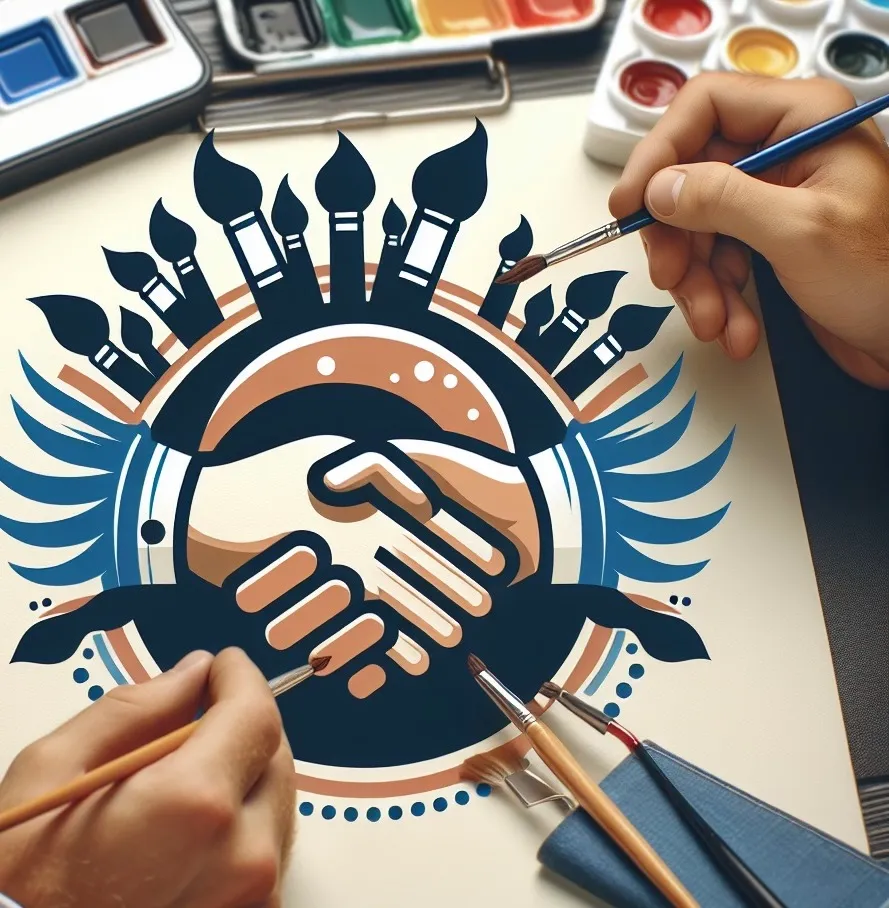This is a demo store for testing purposes — no orders shall be fulfilled. Dismiss
Skip to content
In the dynamic field of design and art, the clarity of a client’s vision is often integral to the success of a project. With over 25 years of experience designing and creating art for both public and private clients, I’ve found that a clear understanding of client desires enables designers to analyse, conceptualise, and deliver solutions that resonate with their tastes and functional requirements. However, the absence of this clarity can present significant challenges for both designers and clients alike.
Clients often come to designers with only a vague idea—or no idea at all—of what they want. This ambiguity can lead to a cycle of repeated revisions or a growing confusion on the part of the client who struggles to communicate their preferences. As designers, our responsibility is to translate clients’ visions into reality. Yet, without a clear directive from the client, the process can become inefficient, resulting in numerous revisions and ultimately, potential frustration.
To avoid these pitfalls, it is essential to establish a clear understanding at the outset of the project. Encouraging clients to explore existing designs and articulate what they appreciate or dislike can provide valuable insights into their preferences. Presenting a variety of styles and options can help clients more clearly visualise their ideas. However, it is also crucial for clients to actively engage in this exploration process. Building trust with your designer and having open, candid discussions about your needs will steer the project in the right direction from the start.
For designers, recognising that not all clients will have a fully developed vision is key. Facilitating open communication and fostering a collaborative environment can guide clients toward greater clarity. Conversely, clients must be prepared to invest the time to understand their desires and articulate them effectively.
It is essential to recognise when progress stalls due to a lack of clear direction. In such cases, it may be more prudent to pause the project rather than allowing it to reach a frustrating impasse. This ensures both parties remain positive and aligned, maintaining professional integrity and satisfaction.
